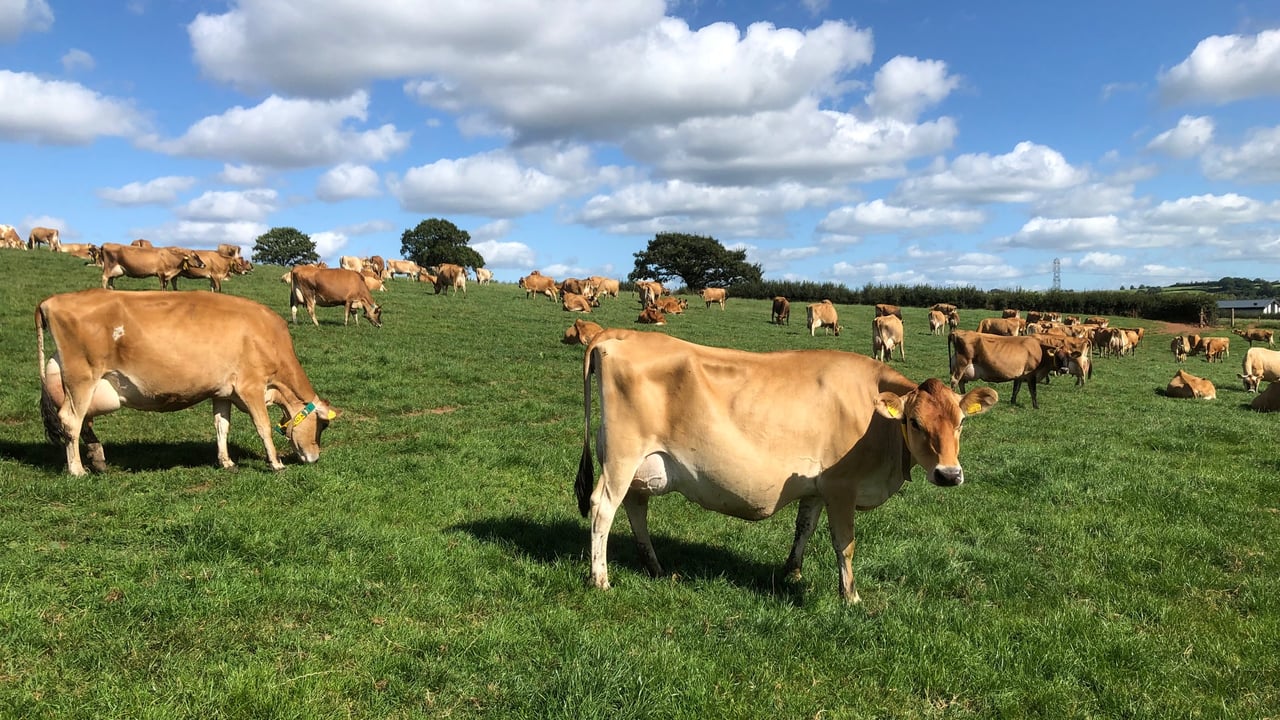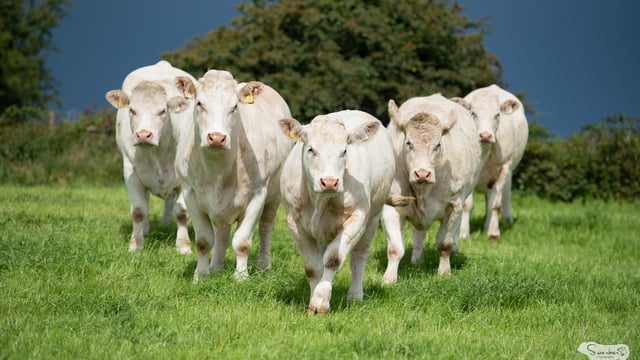Society suggests verifying carbon footprint of Jersey cows
Many milk producers believe that the carbon footprint of Jersey cows is low, relative to that achieved by production animals from other breeds.
However, UK Jersey Cattle Breed Society chairman Mark Logan believes it would be appropriate to have these assertions independently verified.
Logan is farm manager at Clandeboye Estate in Co. Down.
He explained: “Having a sense of something and proving it are two entirely different things.
“The role of the Jersey society in commissioning this work is obvious. I am pretty certain that members of the society would be keen to look at this option.
"And, in my capacity as chairman, it’s a debate that I would be keen to push forward over the coming months.”
According to the society's chair, Jersey cows have a tremendous ability to produce large volumes of high quality milk in a very efficient manner.
“They have been long recognised for their ability to produce milk from grass in a very sustainable manner. They also perform well within confined feeding scenarios," Logan explained.
"Looking to the future, our core breeding aim is to maintain this level of quality while also increasing milk volumes. And this target is more than achievable.”
Clandeboye Estate is currently home to pedigree herds of both Jersey and Holstein cows.
Mark Logan attributes the inherently high levels of fertility that Jersey cows consistently demonstrate as a being another important driver for the breed at a commercial level across the island of Ireland.
“Apart from pedigree breeders, no one wants Jersey-bred bull calves. The use of sexed semen solves this problem very effectively.”
Despite the greater usage of sexed semen, the number of registered Jersey cows has plateaued across the UK over recent years.
The Jersey society chairman attributes this situation, in part, to the growing cost associated with the actual registration of cows.
He explained: “Dairy farmers can access milk recording services from a number of agencies. When margins get tight, pedigree milk producers, like all other farmers, will seek to cut costs. And the charges associated with registration will be seen in this light.
“A bull’s DNA will not tell the full story in terms of how its progeny will actually perform on farm. Getting daughter proofs from sires is vitally important for the future of all dairy breeds.
Mark Logan also feels strongly that Jersey breeders should be fully recompensed for the quality of the milk they produce.
“I welcome the steps taken recently taken by a number of processers to take greater account of milk solids within their milk prices structures," he said.
“It’s a step in the right direction. But in a perfect world processers should be happy to introduce a bespoke Channel Island milk pricing formula to reflect the true potential of Jersey cows to produce high quality milk.”





